How to fix poor flashing job?
mebke33
10 years ago
Featured Answer
Sort by:Oldest
Comments (12)
millworkman
10 years agoRelated Professionals
Artondale Home Builders · California Home Builders · Clarksburg Home Builders · Griffith Home Builders · Spanish Springs Home Builders · Troutdale Home Builders · Bound Brook General Contractors · Buena Park General Contractors · Mount Holly General Contractors · Rolling Hills Estates General Contractors · Saint Paul General Contractors · Sauk Village General Contractors · Seguin General Contractors · West Lafayette General Contractors · Woodland General ContractorsBrian_Knight
10 years agoworthy
10 years agoworthy
10 years agoworthy
10 years agoUser
10 years agoworthy
10 years agolazy_gardens
10 years agosoutherncanuck
10 years agoUser
10 years agoworthy
10 years ago
Related Stories
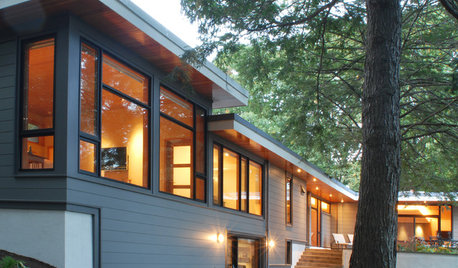
REMODELING GUIDES10 Home Fixes That Require a Pro
With some home improvements, your best tool might be the phone. Here are some areas in which it pays to make the call
Full Story
BEFORE AND AFTERSKitchen Rehab: Don’t Nix It, Fix It
A small makeover makes a big impact in a traditional kitchen in Atlanta with great bones
Full Story
LIFEHouzz Call: Show Us Your Nutty Home Fixes
If you've masterminded a solution — silly or ingenious — to a home issue, we want to know
Full Story
DECORATING GUIDES10 Easy Fixes for That Nearly Perfect House You Want to Buy
Find out the common flaws that shouldn’t be deal-breakers — and a few that should give you pause
Full Story
HOUSEKEEPINGHow to Fix a Stinky Garbage Disposal
No plumber’s fee or even a trip to the hardware store is required with these easy solutions
Full Story
LIFEYou Showed Us: 20 Nutty Home Fixes
We made the call for your Band-Aid solutions around the house, and you delivered. Here's how you are making what's broken work again
Full Story
HOUSEKEEPINGWhat's That Sound? 9 Home Noises and How to Fix Them
Bumps and thumps might be driving you crazy, but they also might mean big trouble. We give you the lowdown and which pro to call for help
Full Story
DIY PROJECTSHow to Fix Up a Thrifted Lamp
Save money and earn DIY cred by rewiring and snazzing up a damaged lamp you scored on the cheap
Full Story
SELLING YOUR HOUSEFix It or Not? What to Know When Prepping Your Home for Sale
Find out whether a repair is worth making before you put your house on the market
Full Story
KITCHEN DESIGNKitchen Design Fix: How to Fit an Island Into a Small Kitchen
Maximize your cooking prep area and storage even if your kitchen isn't huge with an island sized and styled to fit
Full StoryMore Discussions






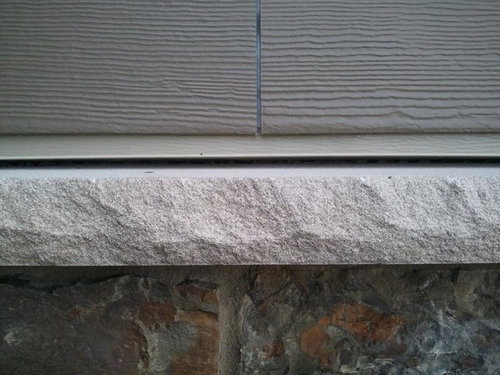
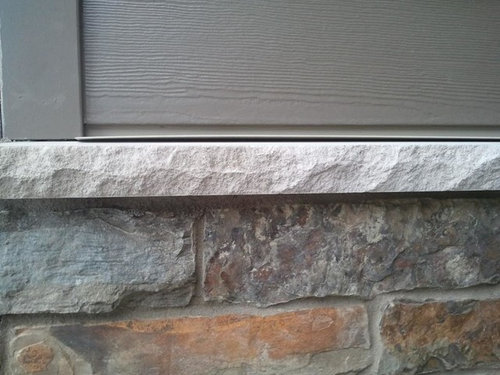
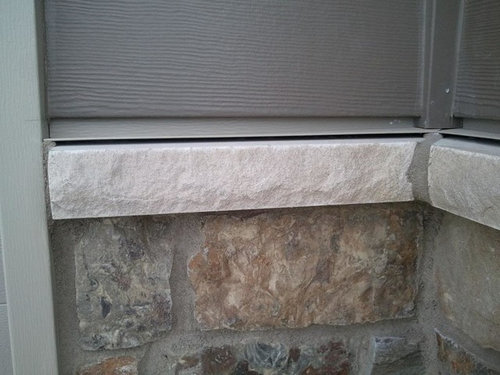
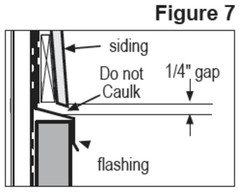
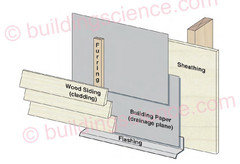


User